Zone 11's unique climate offers a variety of opportunities for growing tropical and subtropical plants year-round.
The consistent warmth of Zone 11 can lead to rapid growth, so it's crucial to regularly monitor your plants' progress and adjust your care routine accordingly.
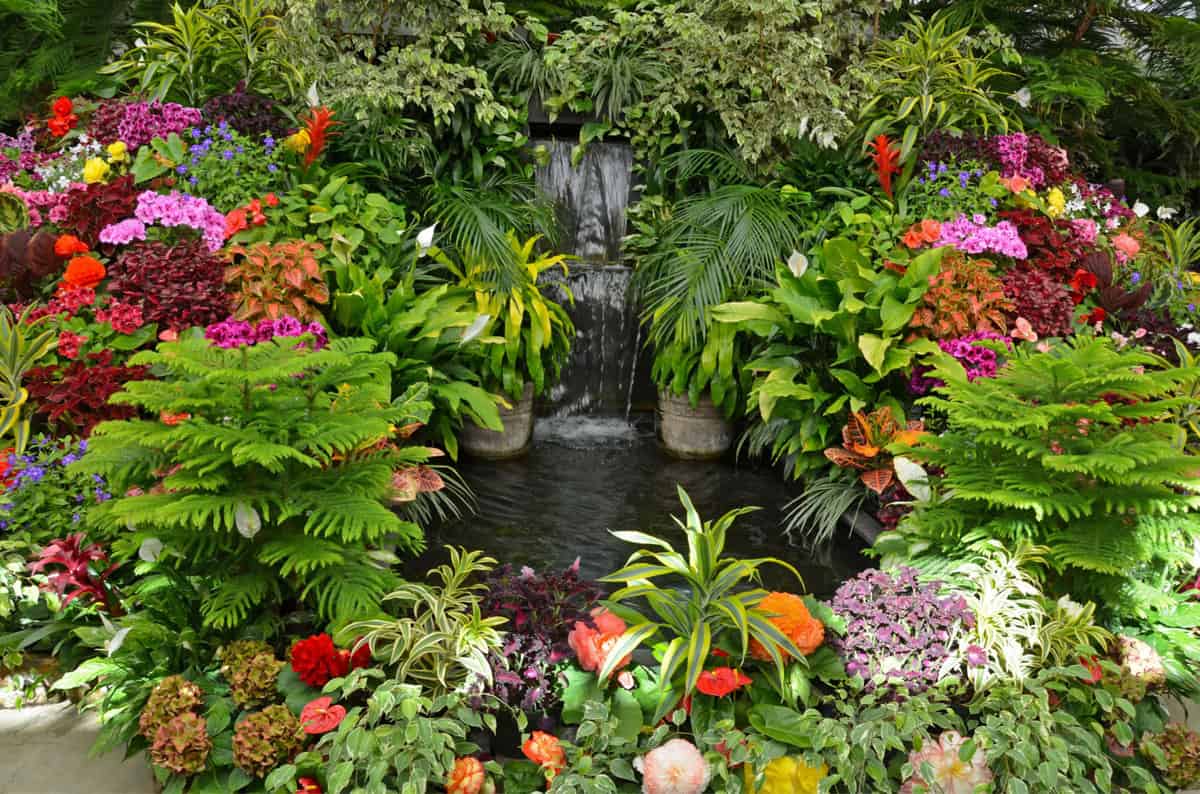
In this article, we'll provide you with some essential tips on how to keep your garden lush, healthy, and vibrant throughout the year despite the warm temperatures.
Understanding Zone 11: a Place of Constant Warmth and Sunshine
Welcome to the world of gardening in Zone 11, where constant warmth and sunshine provide you with unique opportunities for growing a wide range of plants.
USDA hardiness zone 11 includes the following US states: Hawaii, Puerto Rico, the US Virgin Islands, and the Florida Keys are also included in Zone 11.

In this zone, you can expect average annual minimum temperatures above 40°F, which allows for a longer growing season and increased plant variety.
Warm Temperature Gardening Challenges
While it may seem like a gardener's paradise, Zone 11 does come with its challenges.
Among other things, you'll need to focus on proper watering, fertilizing, and pruning in order to maintain the overall health and beauty of your garden.
For instance, the year-round warmth often leads to increased evaporation, which can affect soil moisture levels.
Another critical aspect of successfully tending to your garden is choosing the right plant species. Not all plants are well-suited to such consistently warm temperatures.
Additionally, it's important to protect your garden from potential pests and diseases that thrive in warm climates.
Your plants will be growing continuously throughout the year, which means they'll need regular care, including pruning, fertilizing, and watering.
Set up an irrigation system or consider using drip lines to ensure your garden stays hydrated without wasting water.
By understanding the unique characteristics of Zone 11, you can create a thriving garden that takes full advantage of the constant warmth.
Soil Preparation
One of the key factors in ensuring their success is to provide them with properly prepared soil for the plants and flowers to thrive.
Optimal Soil Type
In Zone 11, a well-draining soil that retains moisture but isn't soggy is ideal for most plants.

A soil made up of a mixture of sand, silt, and clay is usually the best choice because it promotes proper drainage and nutrient retention.
Check your soil by performing the ribbon test to determine its composition.
- Sandy soil: Provides good drainage but may have insufficient nutrients. Amend with compost or organic matter to improve nutrient content.
- Loamy soil: This well-balanced soil type is great for most plants. Maintain its health with regular additions of compost.
- Clay soil: Typically retains too much water and can suffocate plant roots. Break up the clay and improve drainage by adding sand and organic matter.
Soil Nutrition
Healthy soil is crucial for plant growth, so adding compost and other organic matter can significantly increase the nutrition it provides.
Apply 1 inch of compost around landscape plants and work into the soil lightly, followed by a layer of mulch.
You can also consider adding aged manure and other amendments, such as seaweed, bone meal, or blood meal, to further enrich your soil.
pH Balance
A balanced pH level ensures that your plants are able to access the nutrients they need. Most plants prefer slightly acidic soil with a pH between 6.0 and 6.8.
To check the pH level of your soil, you can purchase a home testing kit or send a sample to a laboratory.
If your soil's pH is too low (acidic), add lime to raise it. Conversely, if the pH is too high (alkaline), add sulfur or organic matter to lower it.
Check out this soil pH tester on Amazon.
Irrigation Methods
One way to ensure your plants receive the right amount of water is by choosing appropriate irrigation methods. Here are some options:
1. Drip Irrigation
This method slowly delivers water directly to the root zone of your plants, minimizing evaporation and wastage. With a timer, you can automate this system for consistent water delivery.
2. Soaker Hoses
Similar to drip irrigation, soaker hoses release a slow and steady stream of water to the soil. Place them along your garden rows to maximize the water distribution.
Check out this 50-foot durable soaker hose on Amazon.
3. Sprinkler Systems
These are ideal for larger gardens or lawns. Ensure that you adjust your sprinkler heads to avoid watering sidewalks or paths to conserve water.
Remember, early morning or late afternoon are the best times to water your plants in Zone 11, as this allows the water to penetrate the soil before the intense sun causes evaporation.
Water Conservation
Conserving water is not only beneficial for the environment but also essential in maintaining a healthy garden. Here are some tips to help you conserve water in your Zone 11 garden:
1. Mulching
Applying a layer of mulch around your plants helps retain moisture in the soil, reducing evaporation and the need for frequent watering.
Organic mulches like wood chips, shredded leaves, or straw are recommended.
Spread a 2-3-inch layer of organic mulch around your plants ensuring there's adequate space between the mulch and the plant stems to prevent rot or pest infestation.
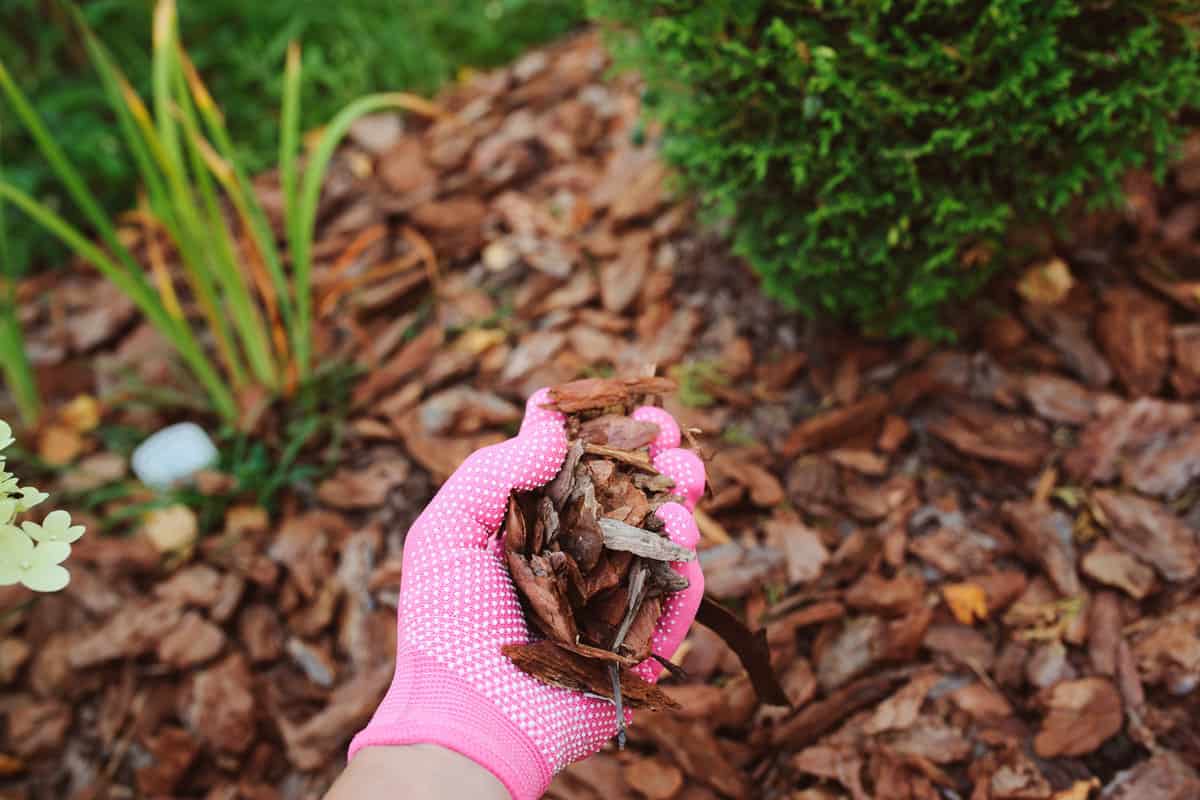
2. Choose Drought-Tolerant Plants
Selecting plants that are native to your region or naturally drought-tolerant can significantly reduce your garden's water requirements.
Examples of drought-tolerant plants include succulents, lavender, and certain types of ornamental grasses.
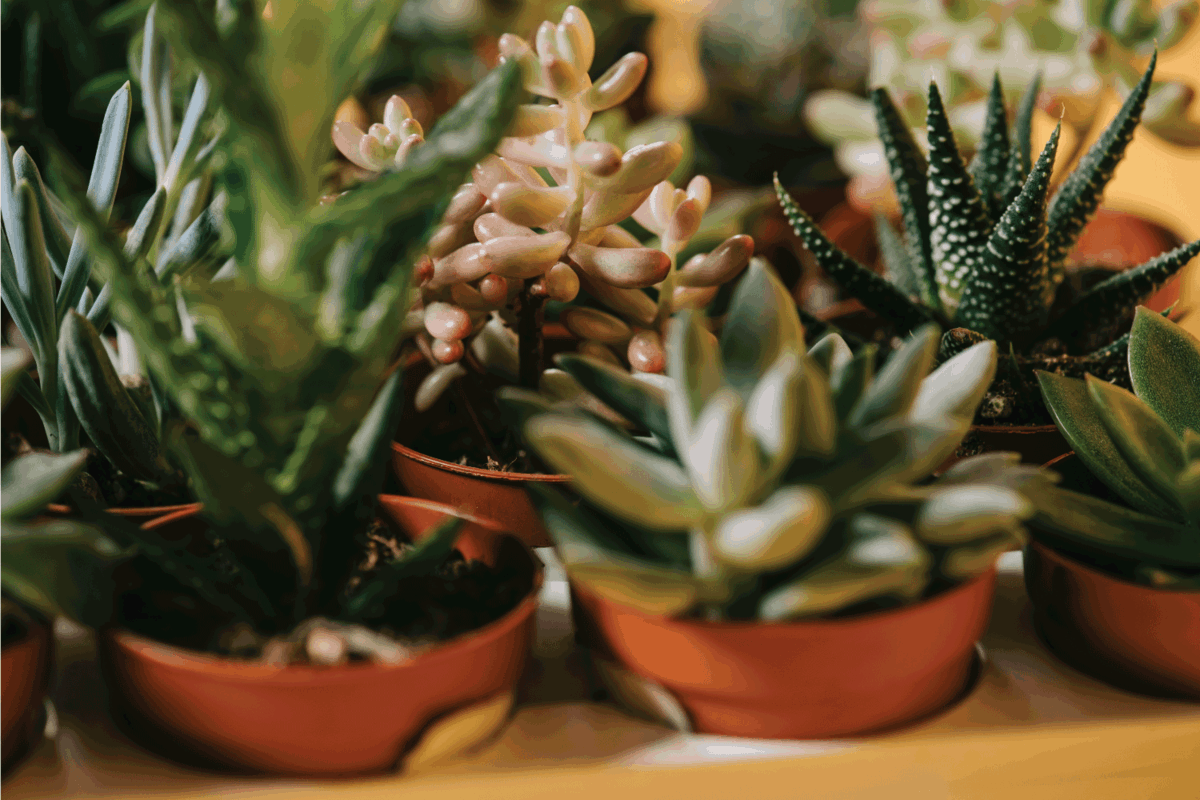
3. Collect Rainwater
Utilize rain barrels or other containers to collect rainwater for later use. This is an eco-friendly way to keep your garden hydrated and save on your water bill.
Choosing the Right Types of Plants
When planning your garden in Zone 11, start by considering native plants. They are already well-adapted to the local climate and require less maintenance.
Some popular native plants for Zone 11 include:
- California poppy: A vibrant flowering plant that thrives in sunny spots and well-draining soil. They attract pollinators like bees and butterflies, and they can self-seed, making them a great, low-maintenance option.
- Coastal sage scrub: This low-growing shrub is perfect for drought-tolerant gardens. It provides habitat and food for birds and insects while emitting a lovely fragrance.
- Toyons: These evergreen shrubs have bright red berries that birds love. Toyons can grow in various soils and are drought-resistant, making them an ideal choice for your garden.
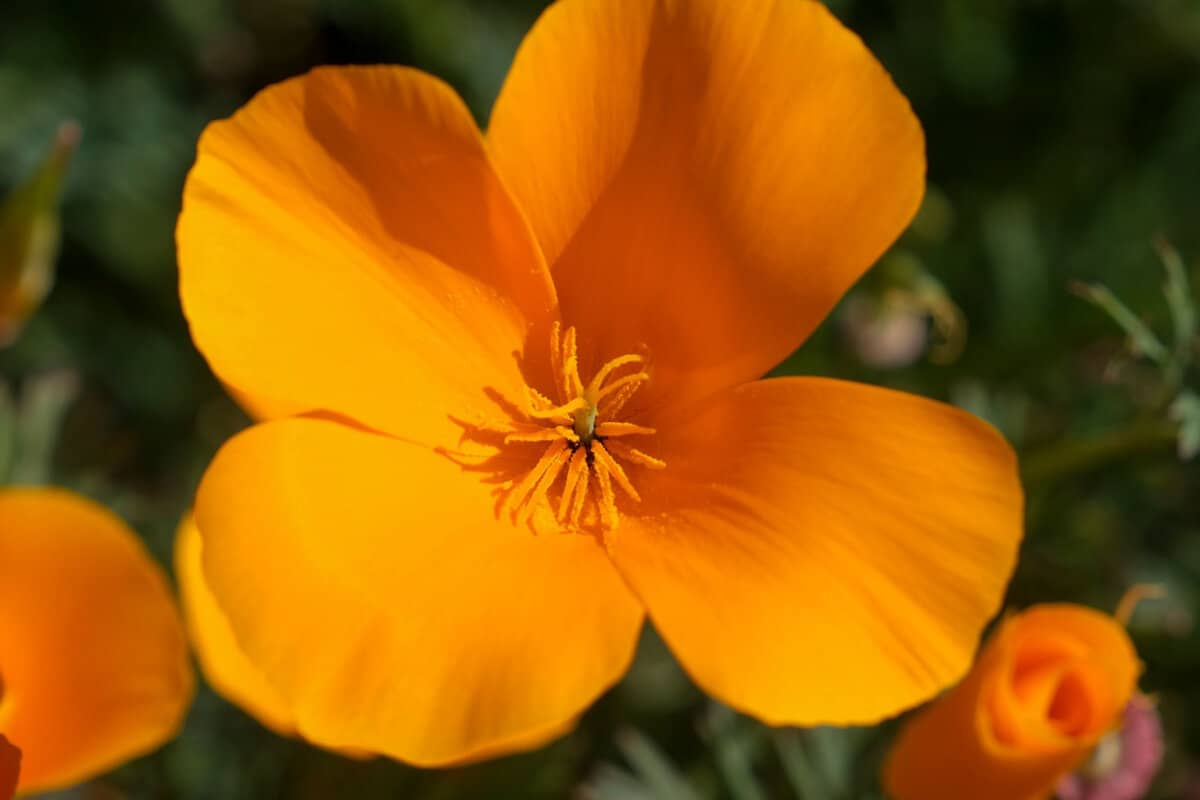
Exotic Plants
If you're interested in adding some exotic plants to your garden, there are several options that can thrive in Zone 11's constant warmth:
- Bird of paradise: This tropical plant produces stunning, exotic-looking flowers that can make a bold statement in your garden.
- Bougainvillea: With its colorful, papery bracts, bougainvillea provides a vibrant splash of color. This plant is both heat and drought-tolerant, making it ideal for Zone 11 gardens.
- Plumeria: These fragrant, flowering trees are native to warm climates but can easily adapt to Zone 11. Plumerias are an excellent choice for both containers and landscape gardens.
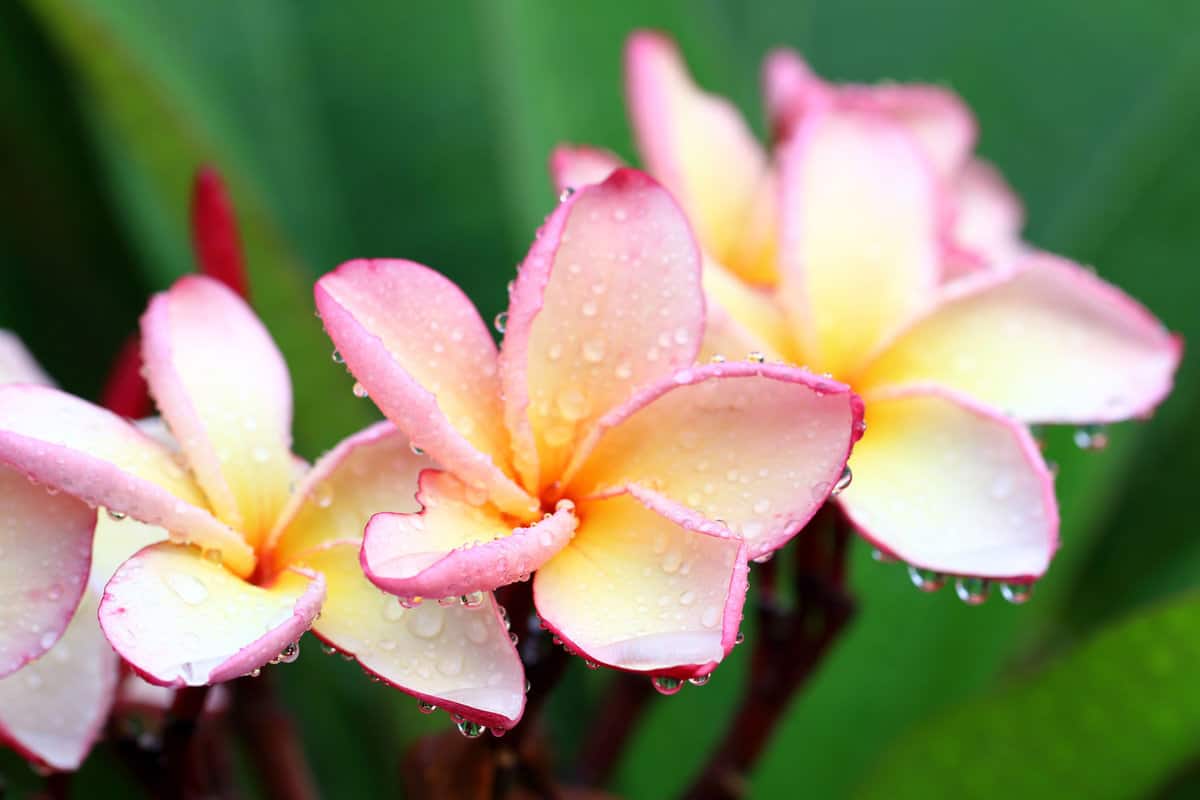
Pest and Disease Control
Maintaining a healthy garden in Zone 11 can be challenging due to the constant warmth, which can promote the growth of pests and diseases.
In this section, we'll discuss some organic pest control methods and how to prevent fungal and bacterial diseases.
Organic Pest Control
One effective way to control pests in your garden is by using beneficial insects, like ladybugs and lacewings, to prey on harmful insects.
You can attract them to your garden by planting flowers rich in nectar and pollen, such as marigolds and cosmos.
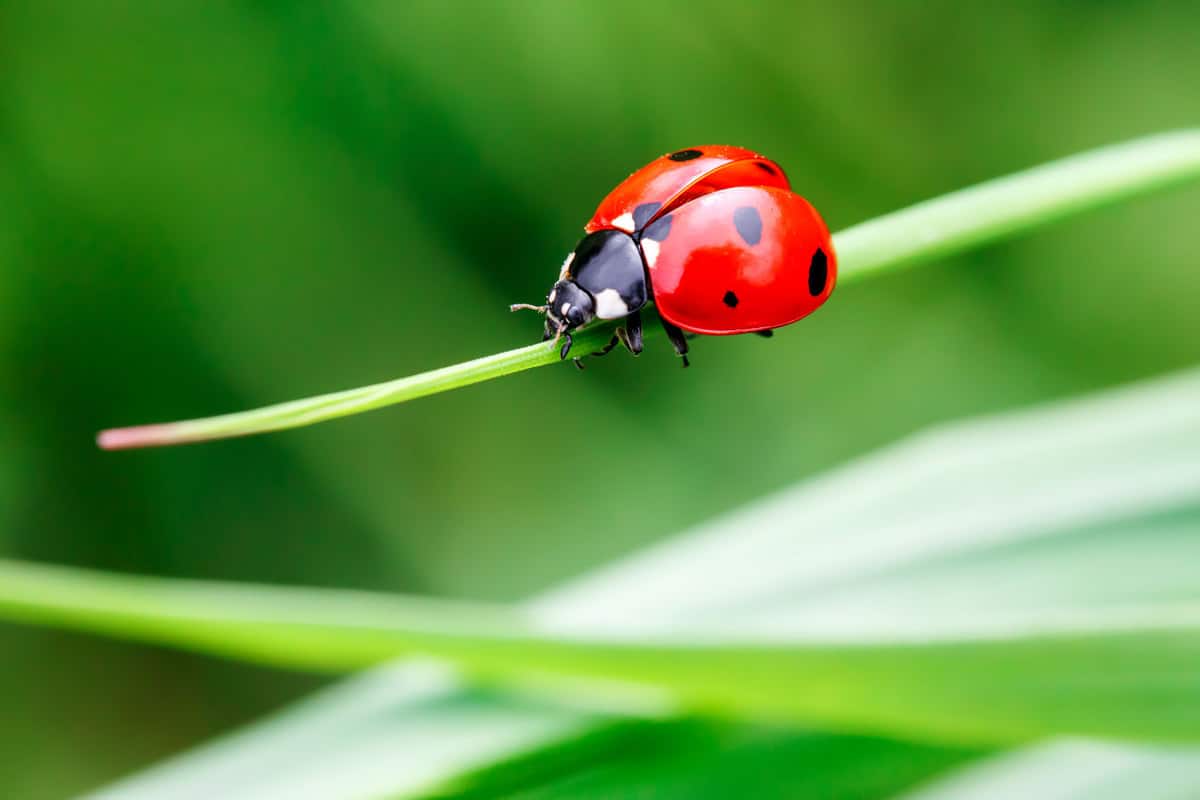
Have you heard about the great benefits of ladybugs? Take a look at this guide to learn more: Why Ladybugs Are The Secret Weapon Your Garden Needs
Another approach is to use natural deterrents like neem oil, which is derived from the neem tree.
This oil is effective against a variety of pests, such as aphids and spider mites. Spray a diluted solution of neem oil on your plants to keep pests at bay.
Keep an eye out for the California orangedog as well, which is a native butterfly whose caterpillar can be a pest on citrus plants.
Fungal and Bacterial Diseases
Fungal and bacterial diseases thrive in warm and moist environments, just like Zone 11. To prevent these diseases, take the following steps:
- Choose resistant varieties: When purchasing plants or seeds, look for disease-resistant varieties that can stand up to potential threats.
- Practice good sanitation: Regularly remove any dead or damaged plant material to prevent the buildup of pathogens. Disinfect gardening tools regularly as well.
- Proper watering: Water your plants in the early morning, allowing leaves to dry quickly and prevent fungi or bacteria from taking hold. Avoid overhead watering, and water the base of the plants instead.
- Provide proper air circulation: Space your plants properly to allow for good air flow, reducing the chances of disease spreading.
If you notice gray mold or botrytis on your plants, prune the affected areas and discard any infected plant debris to prevent further spreading. Consider applying a copper fungicide or organic treatment to protect your plants.
Pruning and Maintenance
Timely pruning and maintenance play a crucial role in keeping your plants happy and healthy.
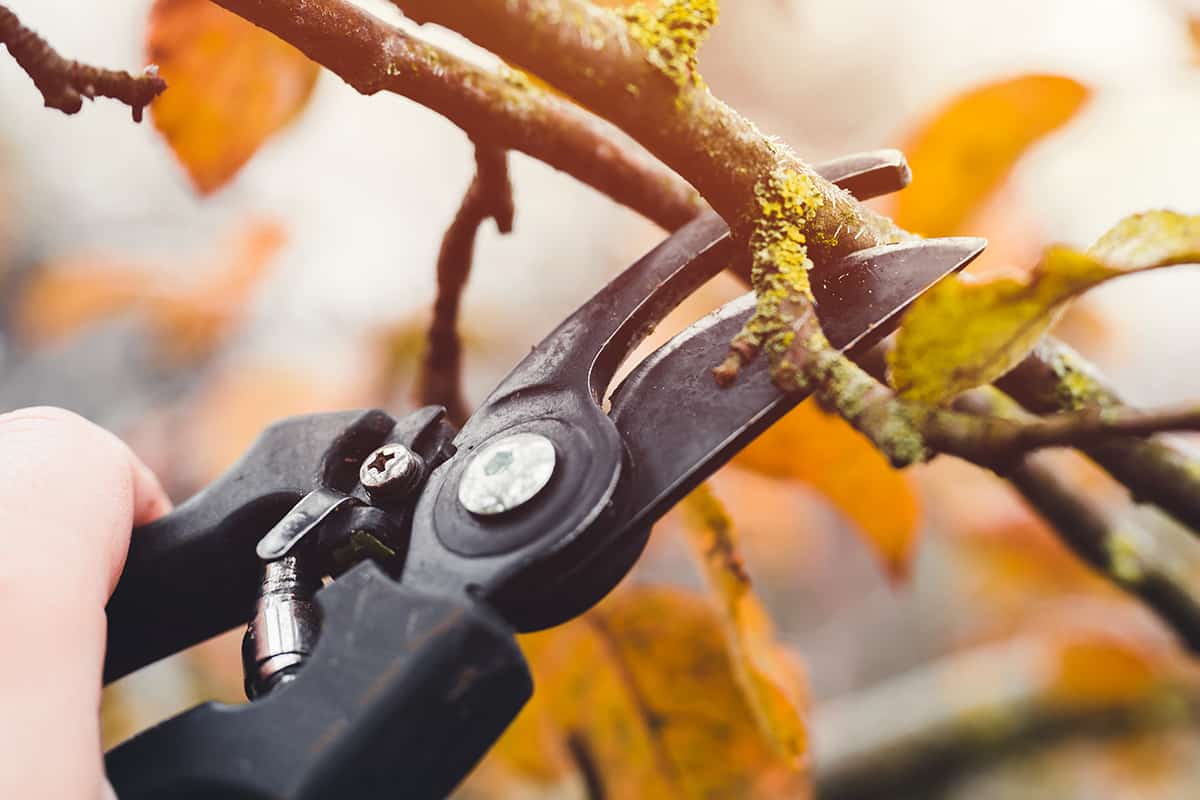
Firstly, regular pruning fosters growth and improves the overall appearance of your plants. Aim to prune your garden during the early growing season to encourage new growth and keep your plants looking their best.
Remember to use clean, sharp tools to reduce the risk of spreading diseases among your plants.
After use, always disinfect your pruning shears and give them a light coat of oil to protect the blades.
Fertilizing Your Garden
In Zone 11, with its constant warmth, your garden will likely require more frequent fertilization than it would in cooler climates. However, over-fertilization can be just as harmful as not fertilizing at all.
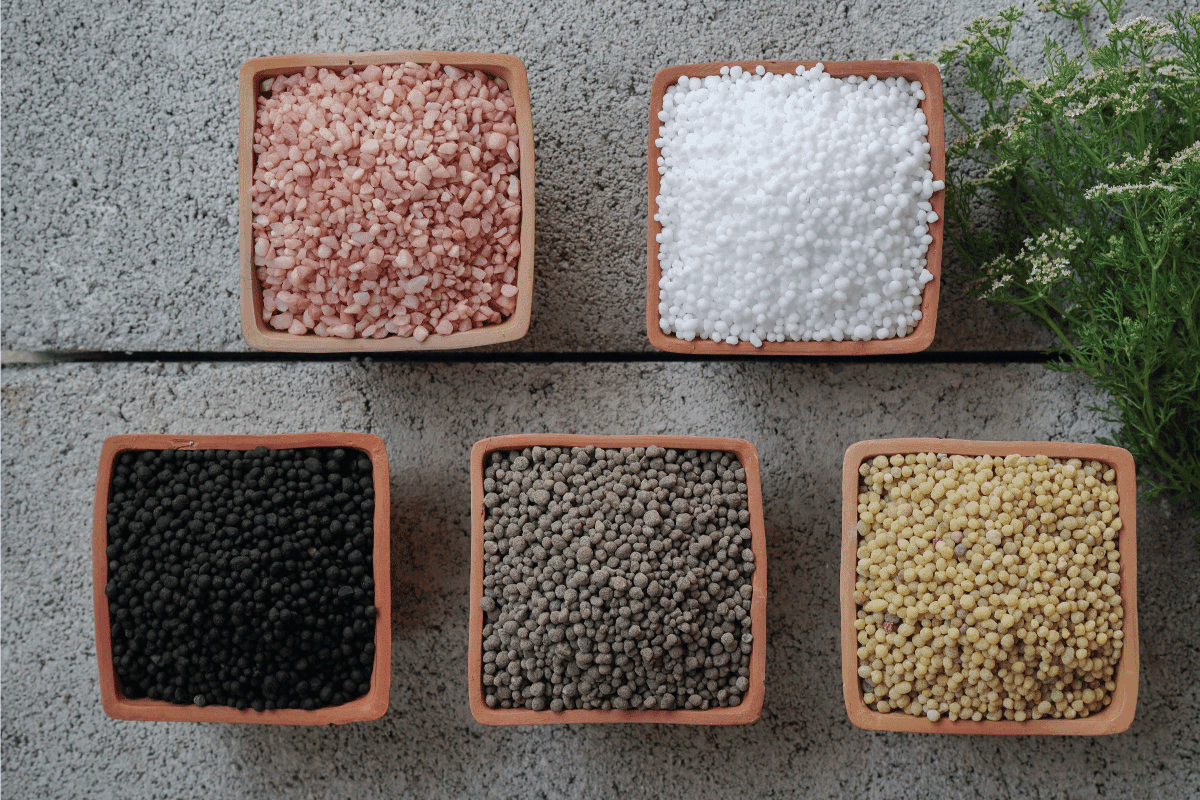
Overdoing it with high-nitrogen fertilizers can cause excessive vegetative growth, leaving your plants more susceptible to diseases and pests.
To avoid this, use a slow-release fertilizer that provides a steady supply of nutrients to your garden over an extended period.
Don't forget about the benefits of organic matter! Adding compost or other organic materials not only improves soil structure and water retention but also supplies nutrients to your plants.
Here are a few good reasons to start your own compost bin at home: Waste into Wealth: 25 Reasons to Start Composting Now
Garden Design Tips
In the constant warmth of Zone 11, designing your garden should focus on making the most of the unique climate.

Here are some friendly tips to help you create a beautiful, thriving garden in your Zone 11 home.
Layer your Plants
To add visual interest to your garden, plant taller plants in the back of your garden bed and shorter ones in the front.
This creates a sense of depth and allows each plant to receive ample sunlight. Remember to place sun-loving plants in areas with the most direct light.
Group Plants With Similar Needs Together
By grouping plants with similar water, light, and soil needs, you can create microclimates within your garden.
This allows you to easily provide the appropriate care for each plant type and reduces the risk of overwatering or underwatering.
In Closing
Now that you have some helpful tips to guide you in maintaining your Zone 11 garden, enjoy the constant warmth and the vibrant colors and flavors your little sanctuary will provide.
Your garden will not only be your personal oasis but also a testament to your dedication and love for the natural world around you!
For more gardening tips in Zone 11, take a look at this post: 11 Year-Round Flowering Plants for Zone 11 Gardens: a Colorful Parade of Perennials


